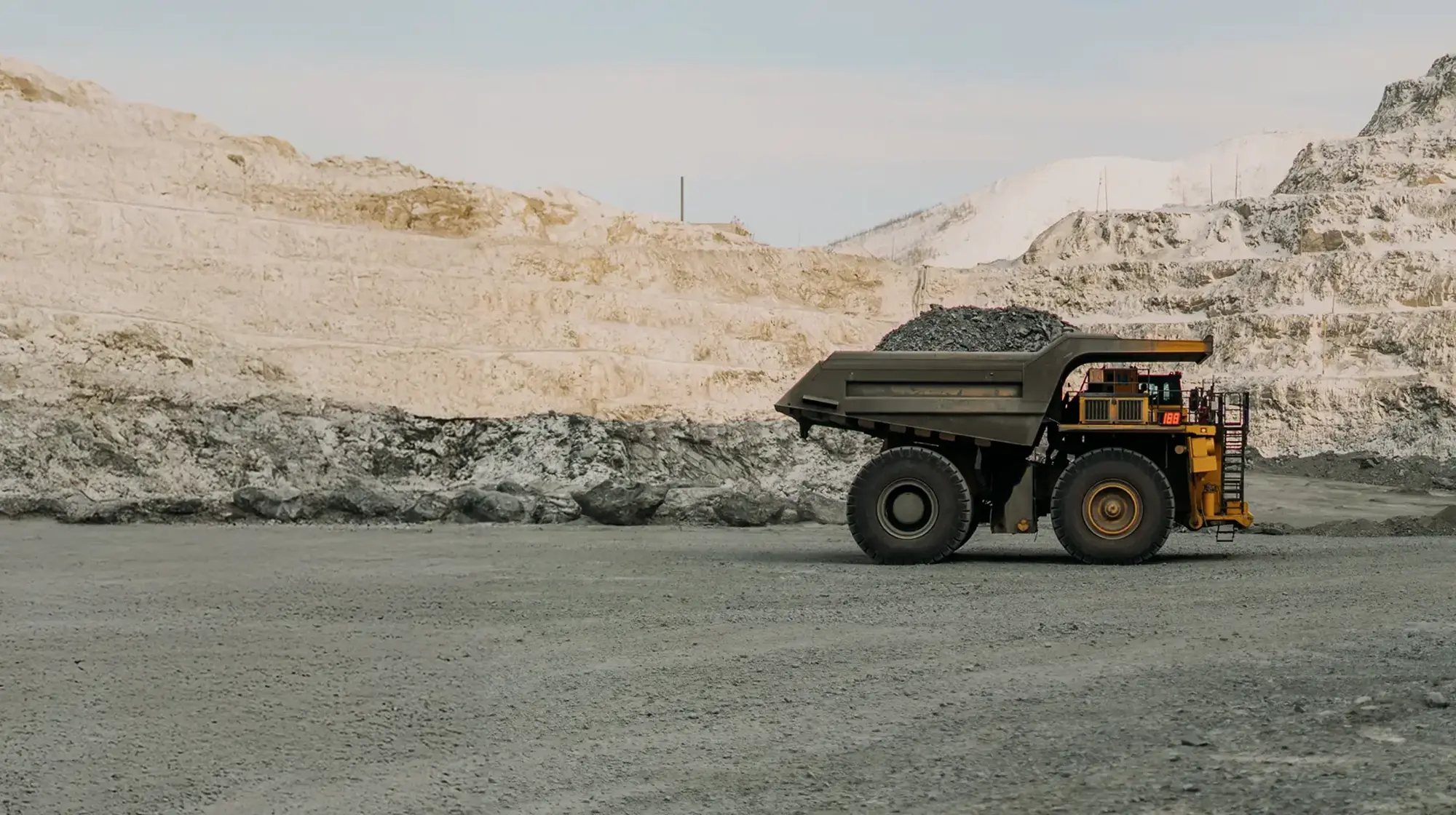Reports related to this article:
Project(s): View 1 related project in PECWeb
Plant(s): View 1 related plant in PECWeb
Released March 07, 2024 | NEW DELHI
en
Researched by Industrial Info Resources (Sugar Land, Texas)--In recent years, the global steel industry has experienced considerable growth, driven primarily by the increasing demand for automobiles. Additionally, the utilization of steel in the construction and infrastructure sectors has further strengthened demand. This growth not only reflects the expansion of key industries but also raises concerns regarding environmental impact, to which direct reduced iron (DRI) production potentially poses a more sustainable path.
The DRI or sponge iron process converts iron ore into metallic iron without the need of melting it, so that it can be used as a feedstock in steel production. The process involves removal of oxygen from iron ore (using solid, liquid, or gaseous reductants) in the solid state, unlike traditional blast furnaces. This conversion takes place between the temperatures of 800 to 1050 degrees Celsius, which is below the temperature at which iron could melt, emitting greenhouse gases.
Utilizing natural gas, the DRI process reduces carbon emissions and allows carbon-neutral steelmaking. The process has also grown remarkably due to cost benefits and output flexibility, enabling countries to pursue industrialization while progressing toward achieving their net-zero emissions targets.
Industrial Info is presently tracking more than US$13 billion of active DRI projects across the world. Overall, Russia, France and Australia are the biggest spenders, with respective investments of more than US$3 billion, US$2 billion and US$1 billion.
Most of these projects are in the planning stage, with only 3% in the engineering stage and 1% presently under construction. A majority of the projects are expected to be completed by 2031. Major projects include Tata Steel's (Jharkhand, India) plans to construct a DRI unit at its complex in Ijmuiden, Netherlands. Construction could begin in late 2027, putting the unit on track to begin ramping up toward full production of 2.5 million tons per year by 2030. Subscribers to Industrial Info's Global Market Intelligence (GMI) Metals & Minerals Project Database can click here to learn more about the project.
Industrial Info Resources (IIR) is the leading provider of industrial market intelligence. Since 1983, IIR has provided comprehensive research, news and analysis on the industrial process, manufacturing and energy related industries. IIR's Global Market Intelligence (GMI) helps companies identify and pursue trends across multiple markets with access to real, qualified and validated plant and project opportunities. Across the world, IIR is tracking over 200,000 current and future projects worth $17.8 trillion (USD).
The DRI or sponge iron process converts iron ore into metallic iron without the need of melting it, so that it can be used as a feedstock in steel production. The process involves removal of oxygen from iron ore (using solid, liquid, or gaseous reductants) in the solid state, unlike traditional blast furnaces. This conversion takes place between the temperatures of 800 to 1050 degrees Celsius, which is below the temperature at which iron could melt, emitting greenhouse gases.
Utilizing natural gas, the DRI process reduces carbon emissions and allows carbon-neutral steelmaking. The process has also grown remarkably due to cost benefits and output flexibility, enabling countries to pursue industrialization while progressing toward achieving their net-zero emissions targets.
Industrial Info is presently tracking more than US$13 billion of active DRI projects across the world. Overall, Russia, France and Australia are the biggest spenders, with respective investments of more than US$3 billion, US$2 billion and US$1 billion.
Most of these projects are in the planning stage, with only 3% in the engineering stage and 1% presently under construction. A majority of the projects are expected to be completed by 2031. Major projects include Tata Steel's (Jharkhand, India) plans to construct a DRI unit at its complex in Ijmuiden, Netherlands. Construction could begin in late 2027, putting the unit on track to begin ramping up toward full production of 2.5 million tons per year by 2030. Subscribers to Industrial Info's Global Market Intelligence (GMI) Metals & Minerals Project Database can click here to learn more about the project.
Industrial Info Resources (IIR) is the leading provider of industrial market intelligence. Since 1983, IIR has provided comprehensive research, news and analysis on the industrial process, manufacturing and energy related industries. IIR's Global Market Intelligence (GMI) helps companies identify and pursue trends across multiple markets with access to real, qualified and validated plant and project opportunities. Across the world, IIR is tracking over 200,000 current and future projects worth $17.8 trillion (USD).


